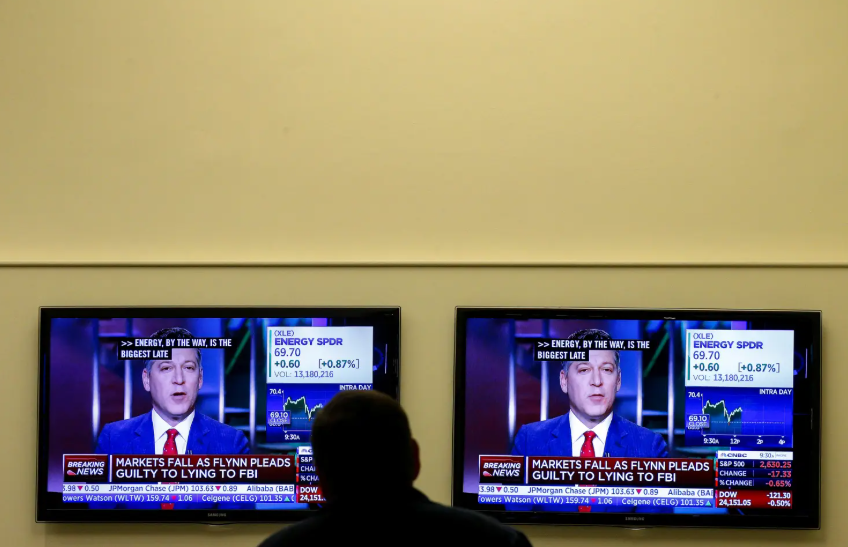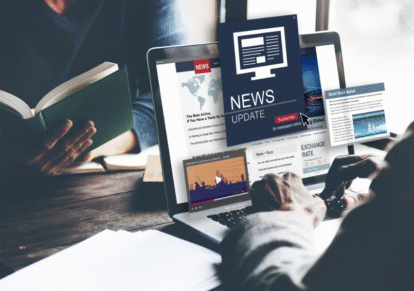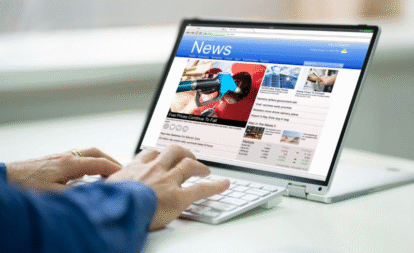Introduction
In recent years, fake news has become a powerful tool capable of altering the way we perceive the world. With the rise of social media and digital news platforms, misinformation spreads faster than ever before. In this article, we will explore the impact of fake news on public opinion, how it shapes our beliefs, and the measures we can take to address this ever-growing issue.
What is Fake News?
Fake news refers to deliberately fabricated stories, articles, or information designed to deceive or mislead the public. These stories are often shared on social media platforms or news websites and may include misleading headlines, altered facts, or complete fabrications. Fake news can take many forms, including:
- Clickbait headlines: Designed to grab attention and encourage clicks, often with exaggerated or false claims.
- Hoaxes: Completely false stories spread to deceive people.
- Misinformation: False information that is shared without malicious intent but can still cause confusion.
Understanding fake news is critical, as it has far-reaching consequences in our digital age.
See also: News in the Digital Age: How Social Media Platforms are Changing Journalism
The Role of Social Media in Spreading Fake News
Social media platforms such as Facebook, Twitter, and Instagram have become fertile ground for the spread of fake news. These platforms allow misinformation to reach millions of people almost instantly. The main factors contributing to this include:
- Viral nature of social media: Once a piece of fake news is posted, it can quickly go viral, reaching a massive audience in a short time.
- Algorithm-driven content: Social media algorithms often prioritize content that engages users, including sensational or polarizing fake news.
- Lack of verification: Unlike traditional news outlets, social media often lacks the same level of editorial oversight, making it easier for fake news to slip through the cracks.
The speed and scale of misinformation on social media can create widespread confusion and influence public opinion in harmful ways.
How Fake News Affects Public Opinion
1. Shaping Political Views
Fake news can significantly impact political opinions. With elections increasingly being fought online, misinformation can change how voters view candidates and policies. False information about candidates’ positions, past actions, or even fabricated scandals can influence election results.
- Case Study: The 2016 U.S. Presidential Election – During the election, fake news stories about candidates circulated widely, especially on social media. These stories often played on voters’ fears and misconceptions, leading to a distorted view of reality.
2. Erosion of Trust in the Media
As fake news continues to spread, it can erode public trust in the media. When people can no longer distinguish between trustworthy news outlets and fake ones, it leads to skepticism about all information, even from reliable sources. This phenomenon is known as “media distrust.”
- Impact on traditional media: Traditional news organizations have faced challenges in maintaining credibility due to the rise of fake news. As a result, more people are turning to social media, where misinformation is rampant, rather than established news sources.
3. Polarization and Divisiveness
Fake news often exploits societal divides, leading to heightened political polarization. By presenting exaggerated or false claims about opposing sides, fake news makes it easier for people to adopt extreme positions and view others as enemies. This contributes to the growing culture of “us vs. them” in many societies.
The Psychological Impact of Fake News
1. Confirmation Bias
One of the psychological factors that fuel the spread of fake news is confirmation bias, which is the tendency to believe information that aligns with our existing beliefs. When people encounter fake news that supports their views, they are more likely to accept it as truth without critically evaluating it.
- Echo chambers: Social media platforms tend to create echo chambers where individuals are exposed to information that reinforces their worldview, making them more susceptible to believing fake news.
2. Emotional Manipulation
Fake news often relies on emotional manipulation to gain traction. Sensationalized headlines or emotionally charged content can trigger strong reactions, making it more likely for people to share the information without verifying its accuracy. This emotional appeal can make people more receptive to misinformation, even when it contradicts established facts.
3. Fear and Anxiety
The spread of fake news can also induce fear and anxiety in the public. For example, misinformation about health threats, such as the COVID-19 pandemic, can create panic and encourage people to adopt unhealthy behaviors or ignore expert advice.
Real-World Consequences of Fake News
1. Influence on Elections
As mentioned, fake news has the potential to swing elections. Misleading stories about candidates, parties, or voting procedures can shape public perception and influence voting behavior. Fake news has been linked to voter suppression efforts and the spread of false claims about voter fraud, further eroding the democratic process.
2. Public Health Risks
Fake news can pose significant public health risks. Misinformation about vaccines, for instance, has led to a rise in vaccine hesitancy, which in turn increases the risk of preventable diseases. The spread of fake health information during crises, like the COVID-19 pandemic, has led to confusion about the efficacy of treatments, resulting in dangerous behaviors.
3. Social Unrest and Violence
In some cases, fake news can lead to violence or social unrest. Misinformation that incites hatred or fear toward particular groups can lead to real-world consequences, including riots or violent clashes. For example, fake news stories about ethnic or religious groups have historically led to violence and civil conflict.
How to Combat the Spread of Fake News
1. Media Literacy
One of the most effective ways to combat fake news is through media literacy programs. Educating the public about how to identify reliable sources and critically evaluate information can reduce the spread of misinformation. Schools, universities, and even social media platforms can play a significant role in promoting media literacy.
2. Fact-Checking Websites
Fact-checking websites like Snopes, FactCheck.org, and PolitiFact provide valuable resources for debunking false claims. These platforms help people verify the accuracy of the information they encounter, preventing the spread of fake news.
3. Social Media Regulation
Governments and social media companies are beginning to take steps to regulate fake news. Platforms like Facebook and Twitter have introduced measures to flag false information, and some countries have introduced laws to penalize those who spread fake news intentionally. However, these measures are still in the early stages and face significant challenges.
4. Promoting Responsible Journalism
News organizations can help fight fake news by adhering to strict editorial standards and promoting transparency. By presenting well-researched, balanced, and fact-based news, credible media outlets can regain the trust of the public.
FAQs About Fake News and Its Impact
1. How can I identify fake news?
To identify fake news, check the source of the information, look for credible sources and expert opinions, and cross-reference facts with reliable fact-checking websites.
2. Does fake news influence elections?
Yes, fake news can sway elections by misleading voters about candidates, policies, or voting procedures, impacting voter decisions.
3. Can fake news lead to violence?
Yes, fake news can incite violence by spreading false or inflammatory information about specific groups, which may lead to riots or social unrest.
4. How can social media platforms stop the spread of fake news?
Social media platforms can introduce stricter content moderation, fact-checking labels, and promote transparency in the sharing of information.
5. What role do algorithms play in spreading fake news?
Algorithms on social media platforms often prioritize sensational or engaging content, which can include fake news, making it more likely to spread rapidly.
6. What are the risks of believing fake news?
Believing in fake news can distort public perception, lead to harmful behaviors, and contribute to social and political polarization.
Conclusion
The impact of fake news on public opinion cannot be overstated. As misinformation continues to proliferate, it is crucial for individuals, governments, and media organizations to take proactive steps to combat its spread. By fostering media literacy, supporting fact-checking efforts, and encouraging responsible journalism, we can begin to mitigate the effects of fake news and safeguard public opinion from manipulation. It is up to all of us to remain vigilant and ensure that truth prevails in an age dominated by misinformation.



